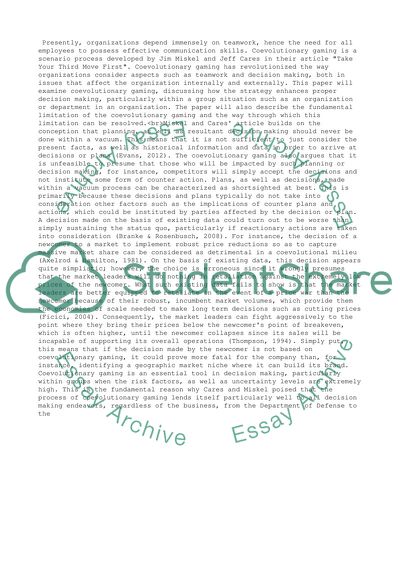Cite this document
(“Managing Group and Teams Essay Example | Topics and Well Written Essays - 1000 words”, n.d.)
Managing Group and Teams Essay Example | Topics and Well Written Essays - 1000 words. Retrieved from https://studentshare.org/business/1475870-mgt
Managing Group and Teams Essay Example | Topics and Well Written Essays - 1000 words. Retrieved from https://studentshare.org/business/1475870-mgt
(Managing Group and Teams Essay Example | Topics and Well Written Essays - 1000 Words)
Managing Group and Teams Essay Example | Topics and Well Written Essays - 1000 Words. https://studentshare.org/business/1475870-mgt.
Managing Group and Teams Essay Example | Topics and Well Written Essays - 1000 Words. https://studentshare.org/business/1475870-mgt.
“Managing Group and Teams Essay Example | Topics and Well Written Essays - 1000 Words”, n.d. https://studentshare.org/business/1475870-mgt.


